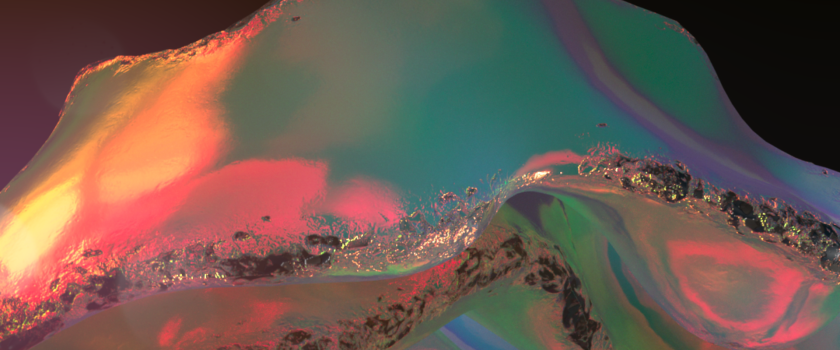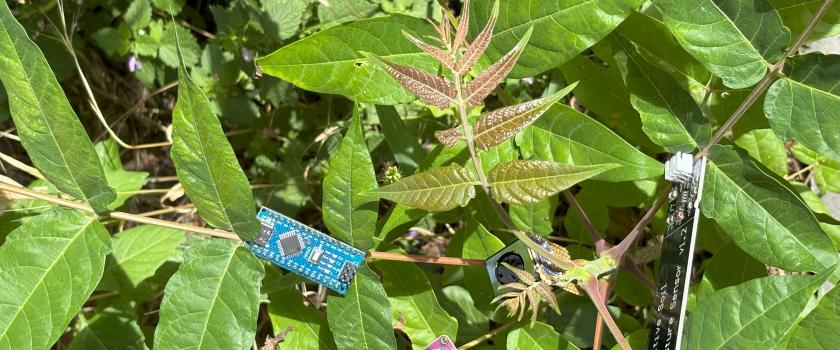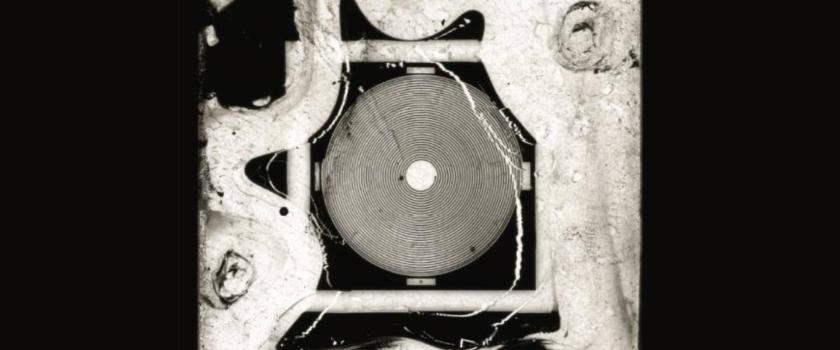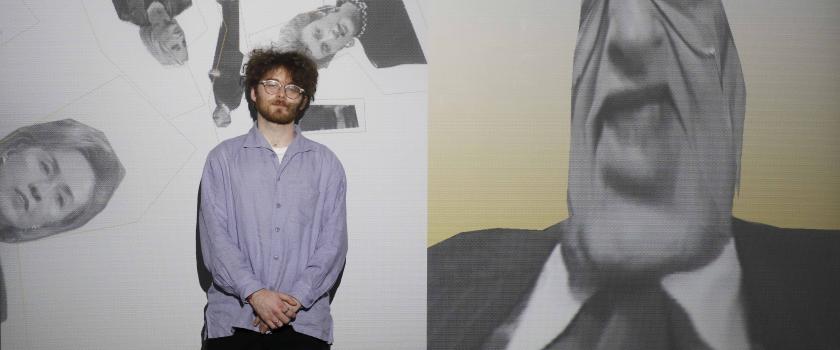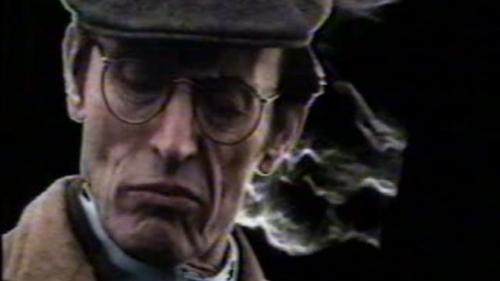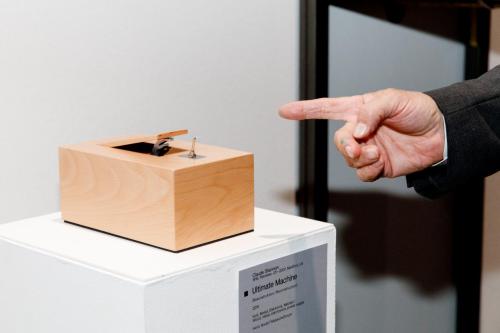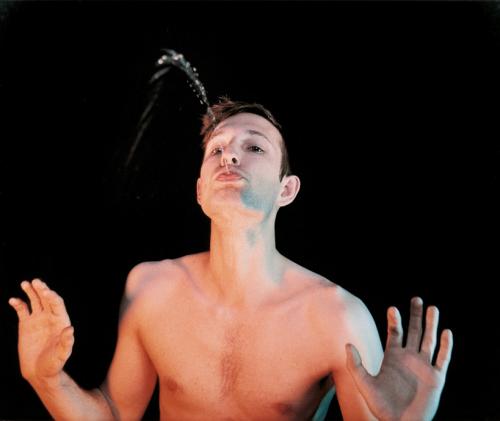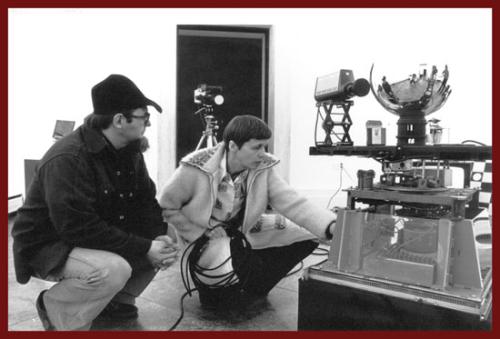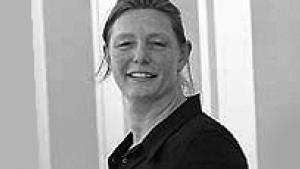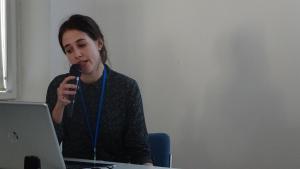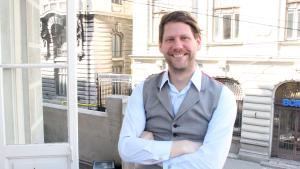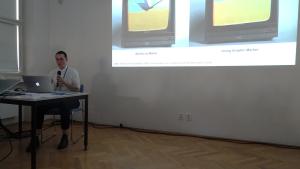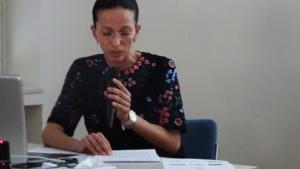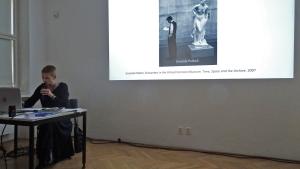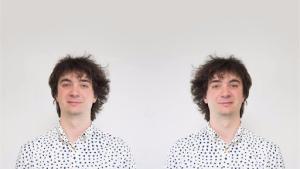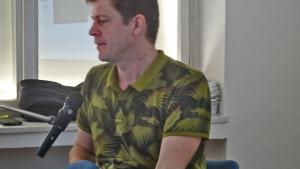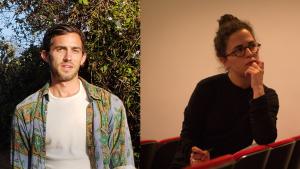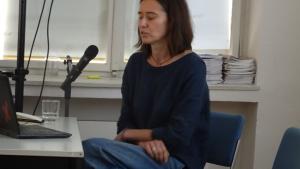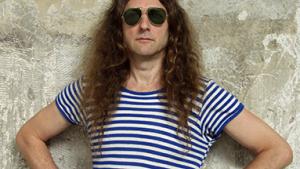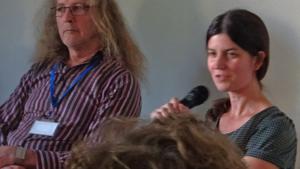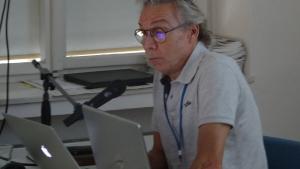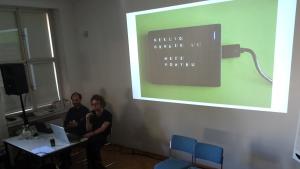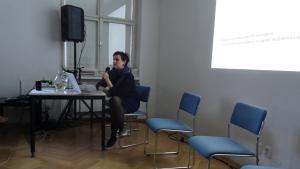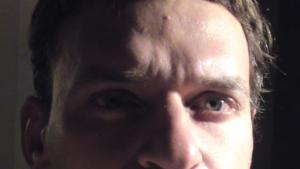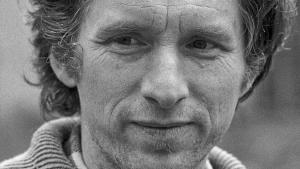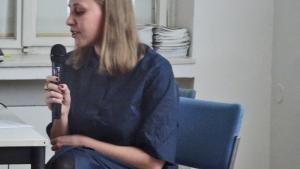A mere fifteen years ago, it seemed that electronic and new media would barely become accepted by established, institutional collections of modern and contemporary art. Around the year 2000, private collectors and state galleries still seldom, and often with suspicion, paid attention to electronic art works. Artists working in electronic media, and university-level art institutions looked upon electronic media departments with skepticism. But nowadays, new media, electronic, and digital art comprises a seminal part of most respected collections.
Since the closing of the 20th century, the (art) world has changed substantially, and new media are no longer a tactic, a strategy, or a statement, but rather one of the most popular means for commenting on the condition of 21st-century humanity. Artifacts which include an element of the electronic moving image, digital code, the static technical image or sound are no longer limited to projects focusing on new media, but have become an organic component of a large number of exhibitions. Even art works which are presented within the context of the internet or computer games appear in the acquisition-oriented endeavors of galleries and museums all around the world.
Media art is, however, very dependent on technologies which are quickly becoming outdated and are hard to acquire. Many media works are thus losing their potential for being exhibited within a very short span of time, or will eventually become lost forever. We are thus threatened with the prospect that we will lose a large part of our heritage of post-industrial digital culture, since a systematic, widely accepted and satisfactory methodology for their preservation and documentation is, even in this day and age, still non-existent.
In 2018, the New Media Center – Vašulka Kitchen Brno opened under the auspices of the Brno House of Arts. In collaboration with the Vašulkas, as well as with a number of international institutions, it has confronted the need for collecting and archiving electronic artworks.
- What is the current situation in the field of state-owned and private art collections, both Czech and abroad?
- What is the situation at universities which have expertise in creating and archiving video art, interactive audiovisual installations, net art, sound art and other art forms which are considered ‘new media’?
The colloquium entitled Digital-Era Art Works in Galleries and Museums introduced and discuss current knowledge, methods and practices of managing collections in galleries and museums, mainly across Central Europe.
On the second day, the program will focus on current discussions of mostly practical, although partly theoretical, issues related to the application and development of digital tools as databases of art collection, and/or on different strategies of sharing in order to offer public access to a body of cultural heritage.
Archiving and sharing was one of the main subjects of Woody and Steina Vasulkas' approach since the beginning of their engagement with electronic image and tools. In this respect, what is the media landscape today like after 50 years of new media history?
A lecture by the founding editor of Monoskop, the platform for collaborative studies of art, culture and media, and initiator of the networking cultural structure Multiplace will reflect on recent initiatives, approaches and tendencies in the field of preserving media art as media installations and digital art. Media art historian and theorist Jana Horáková (Masaryk University Brno) will present a current research project applied to the digital archive of The Vašulkas.
You can find the detailed programme and some recorded lectures below the text.
Credits and Organization
Organizers: Vašulka Kitchen Brno and the Brno House of Arts
Conception: Miloš Vojtěchovský, Matěj Strnad
Organization and production: Miloš Vojtěchovský, Marika Svobodová, Jennifer de Felice, Markéta Mazalová, Monika Szűcsová
Web: Lloyd Dunn
English corrector: Vít Bohal
Graphics: Lucia Kolesárová/Karel Bařina
Cooperation:
Theory of Interactive Media department, Masaryk University, Brno
Department of Theory and History of Art, Academy of Arts, Architecture and Design in Prague (VŠUP)
NFA - National Film Archive, Prague
Faculty of Fine Art, Technical University Brno
To give digital works a permanent place in museums, a different approach is needed. What is required to bring digital art from the past to the future? Peter Struycken is a pioneer in digital art, well-known for Dutch audiences as the designer of the ubiquitous ‘Queen Beatrix’ dotted postage stamps, common from the 1980s till the 2000s. His work is collected by many Dutch museums and is typical for the problems that arise around the preservation of digital art. Researching his work is enlightening for the treatment of digital art today and in the future. This documentary presents a number of possible approaches. This documentary has been created as part of the research project ‘Transformation Digital Art’. A project about conservation strategies for digital art by The Foundation for the Conservation of Contemporary Art (SBMK) in collaboration with LIMA and their museum partners.
| Attachment | Size |
|---|---|
| 340.15 KB | |
| 1.02 MB | |
| 20.44 MB | |
| 10.67 MB | |
| 5.21 MB | |
| 477.05 KB | |
| 238.89 KB | |
| 465.88 KB |
